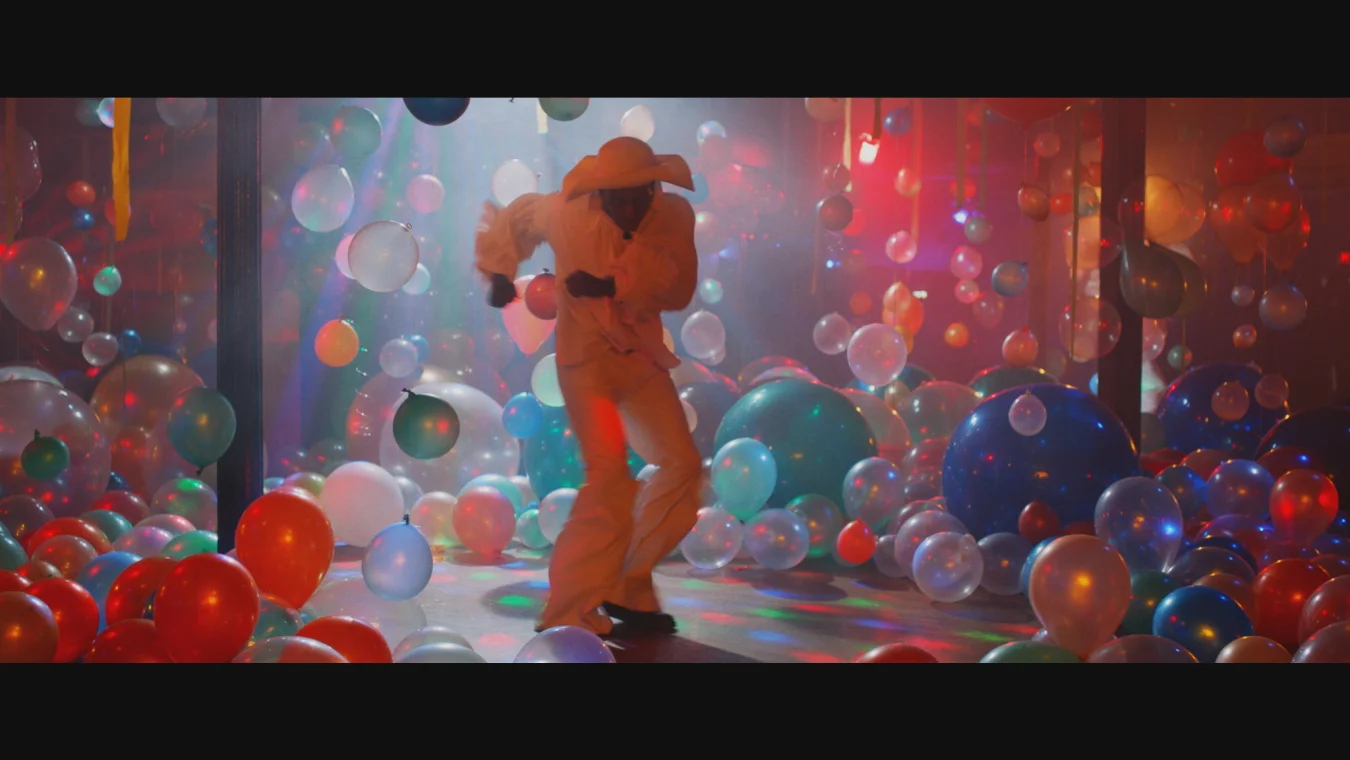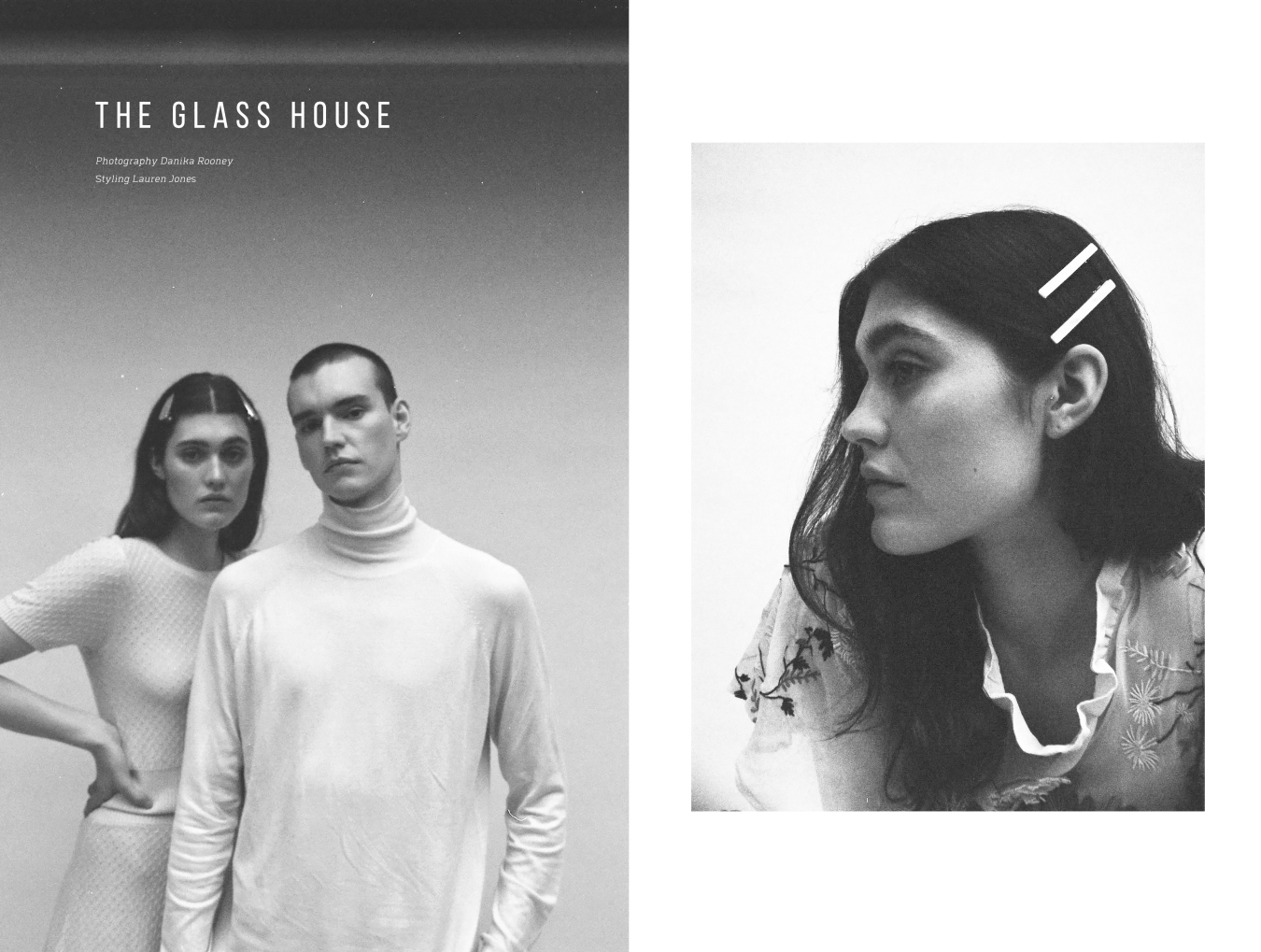The Hidden Pulse: the changing heartbeat of the Sydney Opera House
Arthur Jafa_Love is the Message, the Message is Death (2016). Film still. Courtesy the artist and Gavin Brown enterprise_New York_Rome
While Vivid lights up the sails of the Sydney Opera House and turns the interior of the venue into a home for forward-thinking contemporary music, Sarah Rees, curator of Contemporary Art at the Sydney Opera House, and Head of Contemporary Music Ben Marshall felt something was missing.
“I had started working with Ben,” recalled Rees, “and we'd talked about needing almost another connection between what's happening inside the Opera House and what's happening outside.”
With light on the outside, and sound on the inside, the natural fit was for a moving image program, the first in Vivid Live’s 11-year history. Rees collaborated with Ulanda Blair, of soon to open Hong Kong institution M+, and previously of Melbourne’s Australian Centre for the Moving Image, and began to put together a program of video works to be shown in the Playhouse and the Drama Theatre, two venues that often don’t get the same attention during Vivid.
“Activating — for lack of a better word — those western venues in a very physical sense connects what's happening outside with what's happening inside.”
Rees and Blair have put together a program that engages with the cacophony of contemporary music that surrounds it for three weeks. Most of the films selected deal with how music has formed from communities, often underground subcultures. In putting together the program, which includes Wu Tsang’s investigation into the queer house music of New York and Arthur Jafa’s contemplation of African-American identity to the soundtrack of Kanye West’s Ultralight Beam, Rees hopes to broaden the audience’s engagement with music.
“In curating this program, I thought it was really important to look at the histories and the context behind these works that are made.” With talks with filmmakers Tsang and Jafa following each screening, the conversation will continue once the credits roll. Reflecting on the inclusion of talks in the program, Rees highlighted, “it was actually Vivid last year that sparked this in my mind because Solange was talking about that music is not just to be consumed she's not just here to entertain.”
As a collaboration between an institution such as the Opera House, with over forty years of history, and M+ which is set to open in 2020 in Hong Kong, The Hidden Pulse is the first in a global series of programs entitled M+ International. The partnership has allowed Rees and Blair to open up new ways of working for both institutions and promote cross-disciplinary works, as seen in the melding of music, dance, video and discussion across the program.
Such a shift in established types of presentation has been partly an outcome of Rees’s position at the Opera House.
“My role is a new role at the Opera House, as curator of contemporary art, and it's been my big challenge to work out how does this program fit in an institution with no gallery spaces. It became very clear that it was going to focus on moving image and media and performance art because that's what we can do well at the Opera House.”
Wu Tsang, Into a Space of Love (2018). Film Still. Courtesy the Artist
While other institutions locally, such as Carriageworks, and internationally such as The Shed in New York, are purposefully designed to allow for experimentation between and across genres of contemporary art, retrofitting a space such as the Opera House which has such a clear, architectural focus on certain types of art can be tricky.
“Contemporary art internationally has become much more dematerialised,” noted Rees, who previously worked as Assistant, Curatorial and Digital at the MCA. Rees went on to describe how today “there's forms of art that don't fit within the white cube. The performing arts world feels quite different to a traditional gallery, [and] we at the Opera House don't have the ability to do the huge immersive installations but we can do moving image [and] we can present performance. Contemporary art today mixes all of those things together.”
Fitting these forms of art together in a multi-arts festival such as Vivid seems like a natural extension of the philosophy of the program, and one that The Hidden Pulse augments by including accessibility as a focus. In addition to the ticketed screenings and talks, The Hidden Pulse includes two days of screenings on June 1 and 2 of works by local and international artists and panel discussion that are free for audiences to enter in as they wish.
As Rees stated, “it's been important to find a balance between being able to bring the best of art that's being produced internationally and to also give new opportunities to local artists so I think that this particular program is such a great opportunity for audiences to be able to come and see these international works and to hear from the artists and to engage with work.”
To view the full program, click here: https://www.sydneyoperahouse.com/events/whats-on/vivid-live/2019/hidden-pulse.html.





